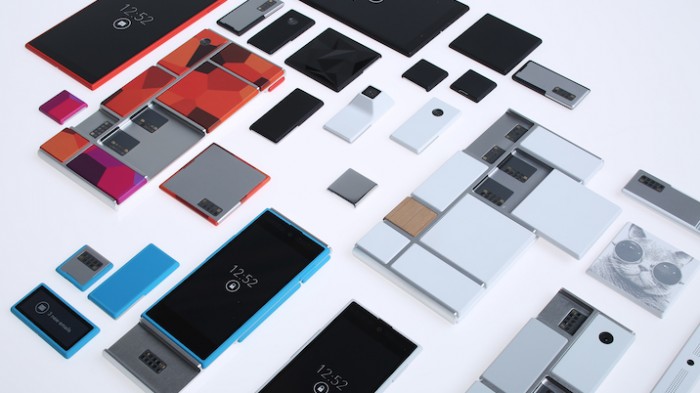Google’s Skunkworks Loses Its Leader to Facebook—and Has Yet to Produce Any Hits
Facebook just made a high-profile hire from rival Google, luring away Regina Dugan, head of a research team tasked with inventing groundbreaking new hardware known as Advanced Technology and Projects, or ATAP. She will start a similar lab at Facebook. It’s unclear what will happen to the team she’s leaving behind, which has produced many striking demos but no hits.
Dugan previously led the Pentagon research agency DARPA and was hired to set up ATAP by Motorola in 2012, after the mobile phone company was acquired by Google for $12.5 billion. When Google sold off the company to Lenovo for almost $10 billion less in 2014, ATAP stayed behind. It was supposed to inhabit a middle ground between Google’s product development teams and the horizon-scanning “moon shot” laboratory, Google X.
Dugan established the group with a ground rule that projects should produce a marketable product within two years or be abandoned. She positioned her team as a ragtag crew of dangerously innovative technologists, describing them at a Google event last year as “a small band of pirates trying to do epic shit by closing the gap between what if? and what is.”

The first project ATAP revealed publicly was called spotlight stories—3-D animations and movies explored by using your phone like a window into an alternate world. The concept was cute and still survives but has since been eclipsed by Google’s work on mobile virtual reality.
ATAP also started two projects intended to reinvent smartphone hardware which have yet to gain much traction.
Project Ara is an attempt to make it normal to buy modular mobile devices that can be upgraded by adding extra parts, such as a better camera. But after the Motorola sell-off, and with phone manufacturers focused on making smartphones cheaper and pushing out new, shiny, short-lifespan devices, Ara seems unlikely to succeed. Last year Google scrapped plans to start selling modular phones in Puerto Rico.
A second smartphone effort, Project Tango, invented a way for a phone to track its position in space very accurately, which could have benefits for virtual reality, mapping, and gaming. Intel and Dell have expressed some interest, but they don’t have much influence on the mobile-device market. Lenovo said in January that it would release a phone with Project Tango technology this summer. But one phone from the world’s number-six phone manufacturer probably won’t make much of an impact. Google needs a lot of other companies to back Project Tango too before mobile software companies and consumers to take much notice.
ATAP showed off several other projects at Google’s annual conference last summer. They include tiny radar components that make it possible to control mobile devices using gestures, a way to make clothing with displays and touch-sensitive electronics built in, and a special memory card that would upgrade phones with advanced encryption features. Their future and the group’s is unclear now that Dugan has gone. Google and its parent Alphabet have recently made moves to trim expenditures on research projects that don’t generate revenue.
In a post on his hiring of Dugan, Facebook CEO Mark Zuckerberg said that she would lead a group working on new hardware resourced with “hundreds of people and hundreds of millions of dollars.” It probably won’t be long until this new “Building 8” team is wowing us with snappy new prototypes. The track record of Google’s ATAP is a reminder that judging whether Zuck’s new pirate laboratory has been a success in technology or business terms will take some years.
(Read more: Bloomberg, “Alphabet Reveals the Growing Cost of Its Moon Shots,” “As Apple Doubles Down on Encrypted Phones, Google Sits on Its Design for a ‘Digital Safe’”)
Keep Reading
Most Popular
Large language models can do jaw-dropping things. But nobody knows exactly why.
And that's a problem. Figuring it out is one of the biggest scientific puzzles of our time and a crucial step towards controlling more powerful future models.
How scientists traced a mysterious covid case back to six toilets
When wastewater surveillance turns into a hunt for a single infected individual, the ethics get tricky.
The problem with plug-in hybrids? Their drivers.
Plug-in hybrids are often sold as a transition to EVs, but new data from Europe shows we’re still underestimating the emissions they produce.
Stay connected
Get the latest updates from
MIT Technology Review
Discover special offers, top stories, upcoming events, and more.